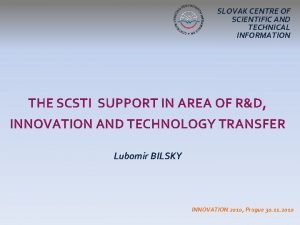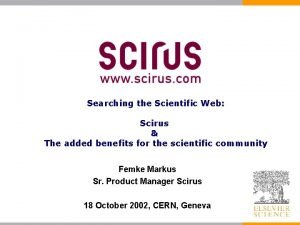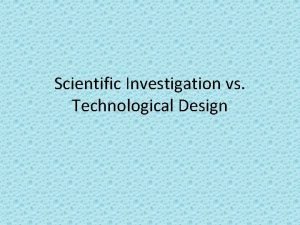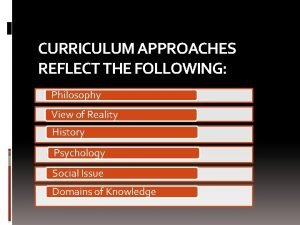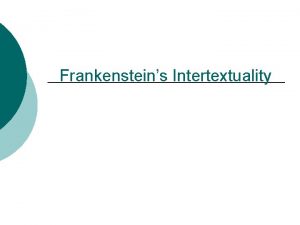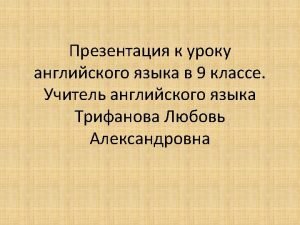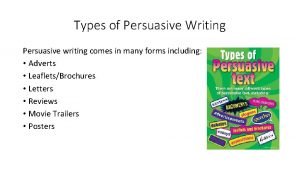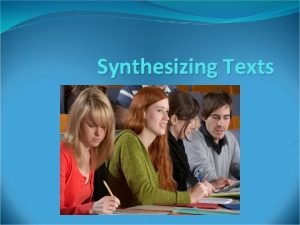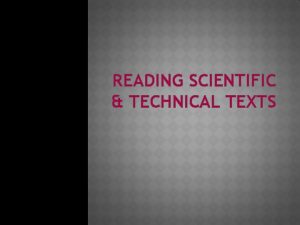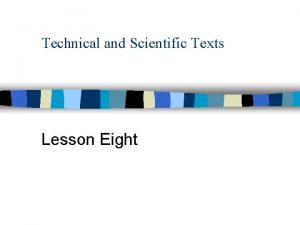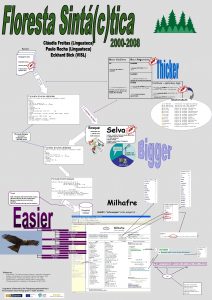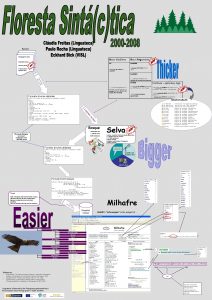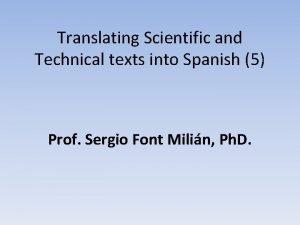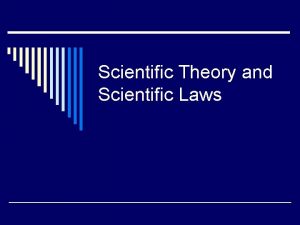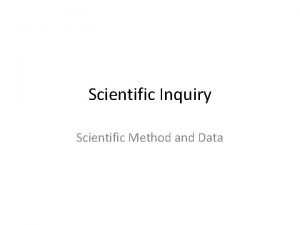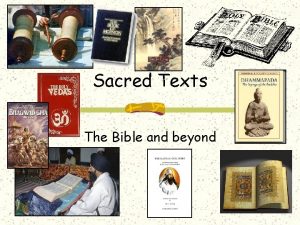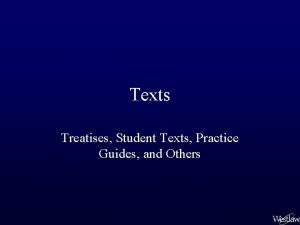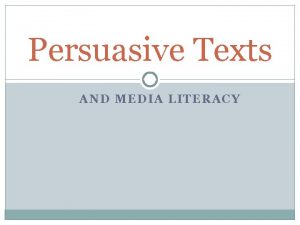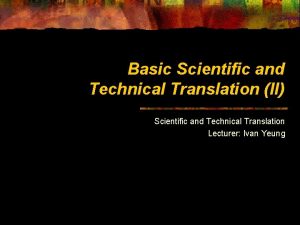Technical and Scientific Texts Technical Texts n Only




















- Slides: 20

Technical and Scientific Texts

Technical Texts n Only 9% circa technical vocabulary – Structural: and, this – General: dog, table – Sub-technical: engine, mouse – Technical: carbon disulphide, alveolar,

Special automatic crankshaft turning Tornio automatico speciale per fornire perni di biello di alberi a gomito

Describing reality n The names we use, their relationships to one another, the configurations in which they occur - define what we think of as reality. n Reality is what our language says it is.

Describing reality 2 Children learn language using Names (flower, garden) Relationships (flowers - garden) Configurations (flowers grow in my garden)

Describing reality 3 n Then they learn in school another grammar: n Some animals protect themselves with bites and stings n (primary school textbook)

Describing reality 4 Children know mosquitoes, wasps, etc. bite and sting BUT animals? protect themselves? AND “with bites and stings”

Describing reality 5 n (Children’s n Some n Use version) animals…. by biting and stinging. of VERBS

n Cf. Some animals rely on their great speed to escape from danger.

Scientific American n Our work on crack growth in other solids leads us to believe that the general conclusions developed for silica can explain the strength behaviour of a wide range of brittle materials. n (from ‘The Fracturing of Glass’)

Scientific American 2 Features of S. A. technical text: Little technical vocabulary, but other features are observable: 1) Simple structure Nominal group + verbal group + nominal group 2) Process a ‘explains, etc. ? b 3) Head nouns are nominalisations conclusion/conclude; behaviour/behave

Examples of nomimalisation in scientific texts n The net effect of electron emission is the conversion of a neutron to a proton. n Segregation of DNA into daughter cells is a simple consequence of cell growth n Disc braking can only occur in very young stars

Examples of passive form in scientific texts n The inheritance of specific genes is correlated with the inheritance of a specific chromosome. n The theoretical program of devising models of atomic nuclei has been complemented by experimental investigations.

Nominalisation 1 n The driver was driving the bus too fast down the hill - so the brakes failed. n NG + VG + NG + Adv + conj. + NG + VG

Nominalisation 2 n The driver’s over rapid downhill driving of the bus caused brake failure. n NG + VG + NG

Nominalisation 3 n Cells grow, so DNA is segregated into daughter cells. n Segregation of DNA into daughter cells is a simple consequence of cell growth

Nominalisation 4 n an n the electron moves in an orbital motion of an electron

Lexical Density 1 n The use of this method of control unquestionably leads to safer and faster train running in the most adverse weather conditions. n Clauses -1 n No. of lexical words - 12 n Lexical density = 12

Lexical Density 2 n If this method of control is used, trains will unquestionably run safer and faster even when the weather conditions are most adverse. Clauses – 3 No. of lexical words – 11 Lexical density = 3. 6

Lexical Density 3 n You can control the trains this way. And if you do that, you can be quite sure that they’ll be able to run safer and faster no matter how bad the weather is. Clauses – 5 No. of lexical words – 8 Lexical density = 1. 6
 Slovak centre of scientific and technical information
Slovak centre of scientific and technical information Technical writing
Technical writing Global context orientation in space and time
Global context orientation in space and time Scientific inquiry vs scientific method
Scientific inquiry vs scientific method How is a scientific law different from a scientific theory?
How is a scientific law different from a scientific theory? Scirus for scientific information only
Scirus for scientific information only Leave only footprints take only photos
Leave only footprints take only photos Scientific vs technical
Scientific vs technical Managerial approach in curriculum
Managerial approach in curriculum The complex interrelationship between a text
The complex interrelationship between a text Complex interrelationship between a text and other texts
Complex interrelationship between a text and other texts Read the advertisement below
Read the advertisement below How do informational and explanatory texts differ?
How do informational and explanatory texts differ? Identity and belonging examples
Identity and belonging examples Read the text and questions below
Read the text and questions below Nonfiction text examples
Nonfiction text examples Types of persuasive writing
Types of persuasive writing Shannon bumgarner
Shannon bumgarner Reported speech text examples
Reported speech text examples Example of linear text
Example of linear text News item structure
News item structure
